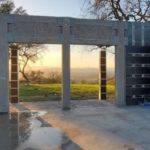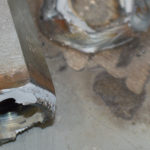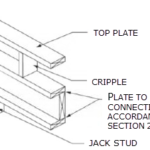I spent a few days last week traveling to attend the Spring ASTM International meetings held in Phoenix, AZ. When I was working as a building designer, I always used ASTM standards in my project specifications or testing and special inspection requirements on a job. But I did not know how these ASTM standards were developed, nor did I know that I could participate in the process.
ASTM standards are voluntary in the sense that ASTM does not require their use. However, since ASTM standards are referenced in building codes and design standards that are adopted by states and local jurisdictions, compliance with those standards is required. So it might be useful for structural engineers to know a little bit about how these standards are created.
ASTM International’s website has a lot of information about it on their FAQ page, so I’ll quote a little from there:
Standards development work begins when members of an ASTM technical committee identify a need or other interested parties approach the committee. Task group members prepare a draft standard or work item, which is reviewed by its parent subcommittee through an electronic balloting system. After the subcommittee approves the document, it is submitted concurrently to the main committee and the entire membership of ASTM.
All negative votes cast during the balloting process, which must include a written explanation of the voters’ objections, must be fully considered before the document can be submitted to the next level in the process. Final approval of a standard depends on concurrence by the ASTM Standing Committee on Standards that proper procedures were followed and due process was achieved.
Two nice things about this process are that any ASTM member can give input or voice their objections to any portion of a standard, and the committees must consider all the comments they receive. The committees are also made up of technical experts representing producers, consumers, government, and academia, which ensures balance between the different interests.
How do you use ASTM Standards in your day-to-day work? Let us know by posting a comment.
– Paul
What are your thoughts? Visit the blog and leave a comment!






Agreed, we integrate ASTM standards as a means for ensuring source and field quality control on a variety of specified products. Looking forward to future blog entries! Thanks.
Jim – Thanks for the feedback; glad you liked the post! And for commenting, you’re entered to win one of our prize packs. Looking forward to your thoughts on other posts that may be of interest.
Jim – Thanks for the feedback; glad you liked the post! And for commenting, you’re entered to win one of our prize packs. Looking forward to your thoughts on other posts that may be of interest.